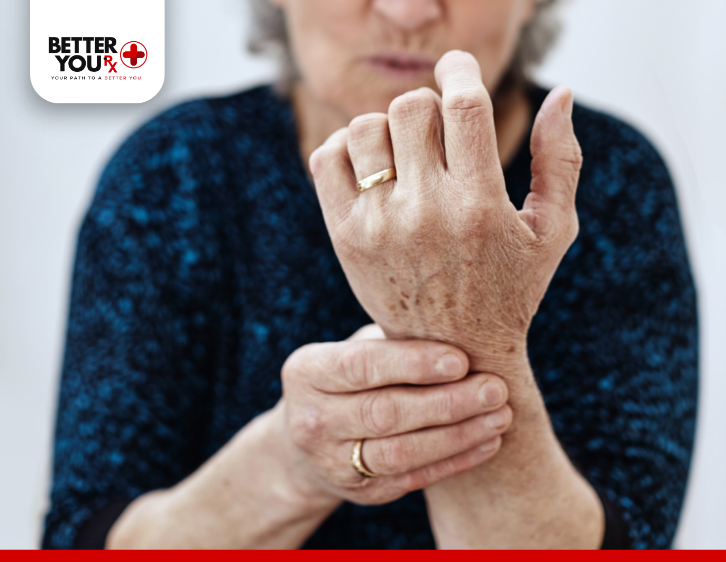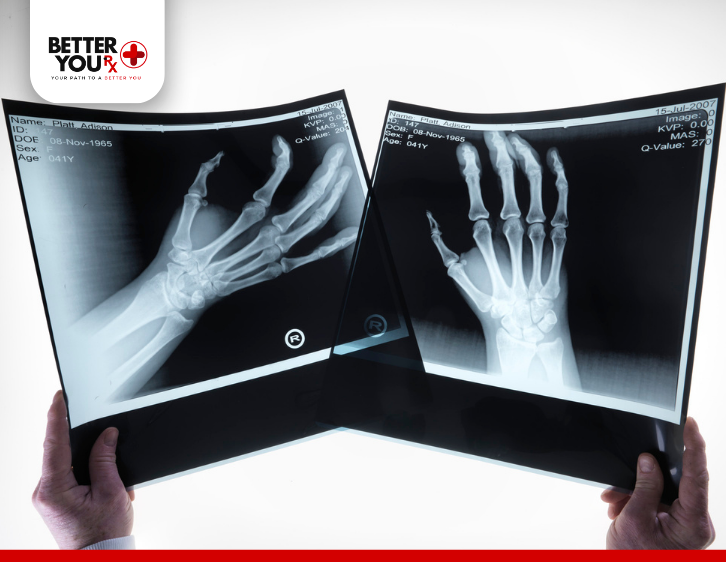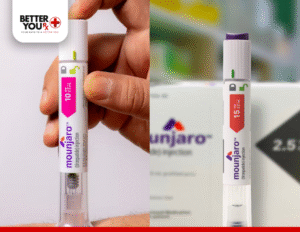Osteoporosis is often called the “silent disease.” You can’t see or feel your bones weakening over time, but the threat of fractures looms ever-present for those diagnosed with this condition. Millions of people, particularly postmenopausal women, find themselves at risk of serious fractures in the spine, hips, and wrists due to fragile bones. For years, medications have focused on slowing the bone loss that comes with aging. But what if there was a treatment that could not only prevent further damage but also help rebuild bone? This is where Evenity (romosozumab) comes in. But just how effective is it? Is it the game-changer patients have been waiting for?
What is Evenity?
Evenity, scientifically known as romosozumab, is a relatively new osteoporosis treatment. Unlike many traditional osteoporosis drugs that work solely by slowing down the rate of bone loss, Evenity offers a unique dual-action benefit: it builds new bone while reducing bone breakdown. This makes it a promising option for those at high risk of fractures—especially individuals who have already suffered one or more bone breaks or whose current treatments aren’t providing sufficient results.
How Does Evenity Work?

The effectiveness of Evenity comes down to its innovative approach. It is a sclerostin inhibitor. Sclerostin is a protein produced in the body that plays a key role in regulating bone formation. By blocking this protein, Evenity enables bones to grow and strengthens them simultaneously.
In simpler terms, most traditional osteoporosis treatments are like putting a lid on a leaking faucet—they stop further bone loss. But Evenity goes a step further by turning that faucet off and repairing the damage that’s already been done. For patients with severe osteoporosis, this is an appealing option, as it offers the potential to reverse some of the bone loss they’ve experienced over the years.
Clinical Trials and Results: What the Science Says
When it comes to effectiveness, clinical trials are critical in determining how well a medication works. The most notable studies on Evenity are the FRAME trial and the ARCH trial, which collectively tested the drug’s impact on bone density and fracture risk in thousands of postmenopausal women.
The FRAME Study
In the FRAME study, over 7,000 postmenopausal women with osteoporosis were recruited to test the effectiveness of Evenity. After 12 months of treatment, the results were impressive:
- Fracture Reduction: Evenity reduced the risk of new vertebral fractures by 73% compared to a placebo. This is a significant reduction in fracture risk, particularly for women who had already experienced bone fractures.
- Bone Density Improvement: Patients experienced a 13% increase in bone mineral density (BMD) at the spine and a 7% increase at the hip after one year of treatment. For patients who are losing bone mass rapidly, these are substantial improvements.
The ARCH Study
The ARCH study took things a step further by comparing Evenity to another osteoporosis medication, alendronate (Fosamax), which is a widely used bisphosphonate. In this study:
- Fracture Reduction: Evenity outperformed alendronate, reducing the risk of new vertebral fractures by 50% after 12 months.
- Non-Vertebral Fractures: It also reduced the risk of non-vertebral fractures (e.g., fractures of the hip or wrist) by 19% compared to alendronate.
These studies demonstrate that Evenity isn’t just a preventative treatment—it has the power to make real, tangible improvements to bone strength and health. The risk of fractures is significantly reduced, which can be life-changing for individuals with severe osteoporosis.
What Makes Evenity Different from Other Osteoporosis Treatments?

One of the standout features of Evenity is its dual-action mechanism. Traditional osteoporosis medications like bisphosphonates (e.g., Fosamax) and denosumab (Prolia) work by slowing the body’s natural bone breakdown process, thereby stabilizing bone density over time. While effective, these treatments don’t promote new bone growth.
Evenity, on the other hand, not only prevents the body from breaking down bone but also stimulates the formation of new bone. This ability to actively build bone makes Evenity a unique option for patients who need more than just prevention—they need restoration.
Additionally, Evenity is given for a limited period of 12 months, which differentiates it from other medications that may require long-term use. After completing the Evenity course, patients are typically transitioned to a different osteoporosis medication to maintain the gains in bone density.
Who is Evenity Suitable For?

Evenity is primarily prescribed for postmenopausal women with osteoporosis who are at high risk of fractures. This includes individuals who:
- Have already had an osteoporotic fracture
- Have multiple risk factors for fractures (e.g., family history, low bone mass)
- Have not responded to or cannot tolerate other osteoporosis medications
However, there are certain restrictions and warnings associated with Evenity. For example, it carries a boxed warning regarding an increased risk of cardiovascular events, such as heart attacks and strokes. Therefore, it is not recommended for patients who have had a heart attack or stroke in the past year.
Side Effects and Risks
Like all medications, Evenity comes with potential side effects. The most common include:
- Injection site reactions (since it is given as a monthly subcutaneous injection)
- Joint pain
- Headache
More serious but less common side effects include cardiovascular issues and allergic reactions. Before starting Evenity, it’s essential for patients to discuss their full medical history with their healthcare provider to ensure they are a suitable candidate.
Cost and Accessibility
Cost can be a significant factor when considering any osteoporosis treatment. Evenity, as a newer and more advanced medication, can be expensive, with treatment costs reaching into the thousands over a year.
What Happens After 12 Months?
One of the unique aspects of Evenity is its time-limited use. It’s only approved for a 12-month treatment period. After this, patients need to transition to another osteoporosis medication to maintain the benefits gained during the treatment.
Patients are often switched to bisphosphonate like alendronate (Fosamax) or denosumab (Prolia), which help preserve the newly built bone. This transition is because Evenity’s bone-building effects only last for a short period, and bone density gains can be lost without continued management.
Conclusion: Is Evenity Effective for Osteoporosis?
In a word, yes. Evenity has proven to be a highly effective treatment for osteoporosis, particularly for postmenopausal women at high risk of fractures. Its ability to both build new bone and reduce fracture risk makes it a standout option compared to traditional treatments. However, like all medications, it comes with risks and is not suitable for everyone. Patients should carefully consult with their healthcare provider to determine if Evenity is the right choice for their osteoporosis treatment plan.
While the 12-month treatment window may seem short, the significant gains in bone density and the reduction in fracture risk make Evenity a powerful tool in the fight against osteoporosis. For those struggling with the pain and limitations caused by fragile bones, Evenity offers hope—a chance to rebuild strength and improve quality of life.



